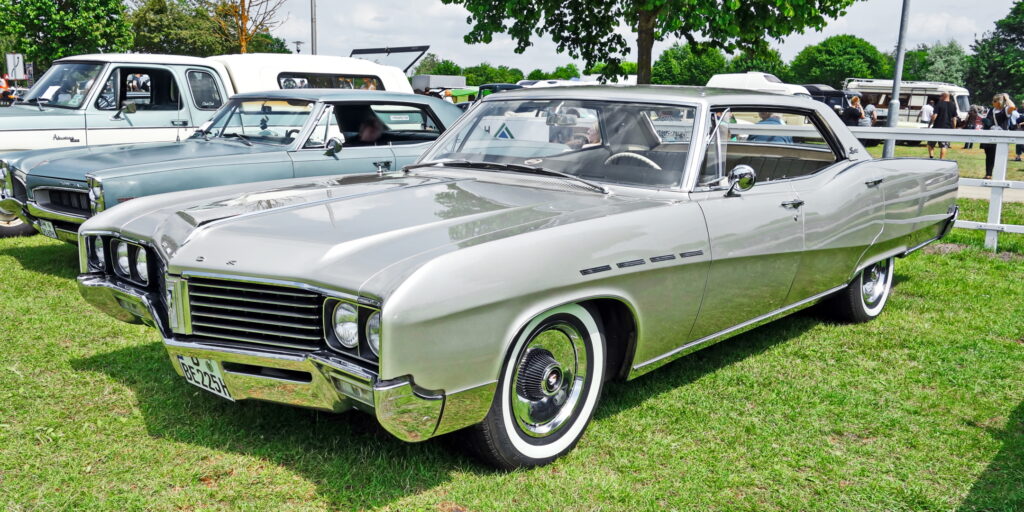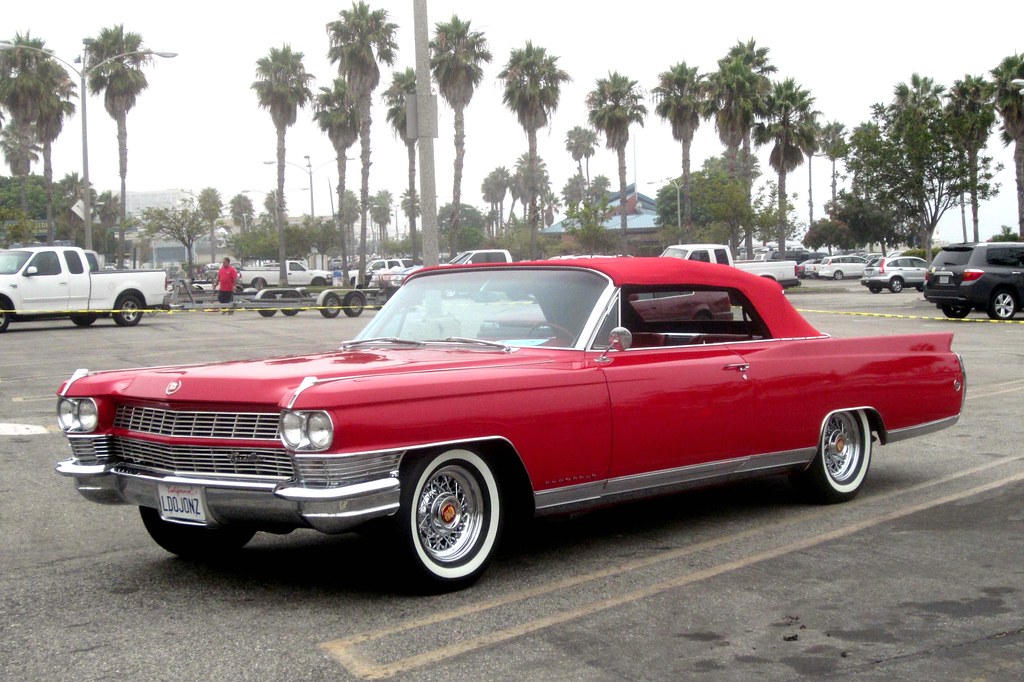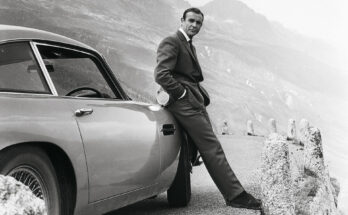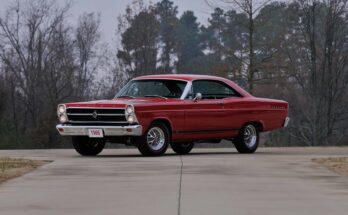The 1967 Buick Electra 225 and the 1964 Cadillac Eldorado were flagship luxury cars from General Motors, each embodying the era’s love for size, comfort, and prestige. While both offered plush interiors, powerful V8 engines, and commanding road presence, they catered to slightly different buyers within the luxury market. Below is a concise comparison across key areas, followed by a verdict on which car stands out as the best.

- Design and Styling:
- Buick Electra 225: Featured a sleek, “Coke bottle” design with chrome spears, ventiports, and a formal roofline. Available in multiple body styles (sedan, hardtop, convertible), it offered versatility and understated elegance.
- Cadillac Eldorado: Boasted bold, angular styling with tailfins, a massive chrome grille, and a prestigious look. Offered as a convertible or hardtop, it exuded exclusivity and Cadillac’s “Standard of the World” aura.
- Edge: Eldorado, for its iconic, status-driven design.
- Powertrain and Performance:
- Buick Electra 225: Powered by a 430 cu in V8 (360 hp, 475 lb-ft), paired with a three-speed automatic. Slightly quicker (0-60 mph in ~8.5 seconds) and smoother for highway cruising.
- Cadillac Eldorado: Equipped with a 429 cu in V8 (340 hp, 480 lb-ft), also with a three-speed automatic. Slightly slower (~9 seconds to 60 mph) due to heavier weight but refined.
- Edge: Electra 225, for its more powerful engine and better acceleration.
- Interior and Comfort:
- Buick Electra 225: Spacious cabin with plush cloth or leather, woodgrain accents, and features like power windows, seats, and optional air conditioning. Known for a cloud-like ride and ample rear legroom.
- Cadillac Eldorado: More opulent with premium leather, chrome trim, and standard features like automatic climate control. Slightly more refined ride, especially in the convertible Biarritz.
- Edge: Eldorado, for its superior materials and prestige.
- Technology and Features:
- Buick Electra 225: Offered power steering, brakes, and optional AM/FM radio with eight-track. Practical and well-equipped for its price point.
- Cadillac Eldorado: Included advanced options like cruise control, six-way power seats with memory, and a high-end audio system, reflecting Cadillac’s focus on cutting-edge luxury.
- Edge: Eldorado, for its more advanced standard and optional features.
- Cultural Significance and Value:
- Buick Electra 225: Priced lower than Cadillac, it appealed to professionals seeking luxury without ostentation. Nicknamed “Deuce and a Quarter,” it’s a collector favorite today, with values around $10,000-$30,000.
- Cadillac Eldorado: A status symbol for affluent buyers, its exclusivity made it a cultural icon. Collectible values range from $20,000-$50,000, especially for convertibles in good condition.
- Edge: Eldorado, for its enduring prestige and higher collectible value.
- Reliability and Practicality:
- Buick Electra 225: Known for robust engineering and durability, with a reputation for reliable long-term ownership. More body style options made it family-friendly.
- Cadillac Eldorado: Reliable for its era but heavier and less fuel-efficient (~9-11 mpg vs. Electra’s 10-12 mpg). Less practical due to limited body styles.
- Edge: Electra 225, for its versatility and slightly better efficiency.

Which One Is Best?The 1964 Cadillac Eldorado edges out as the better choice for its unmatched prestige, luxurious interior, and iconic styling that defined American luxury in the 1960s. Its bold design, advanced features, and Cadillac badge gave it a slight advantage in status and refinement, appealing to buyers who wanted the ultimate symbol of success. However, the 1967 Buick Electra 225 is a close contender, offering superior performance, greater practicality with multiple body styles, and excellent value for a near-equivalent luxury experience. For collectors today, the Eldorado’s higher value and rarity make it the standout, but the Electra is the better pick for those prioritizing performance and versatility on a budget.


